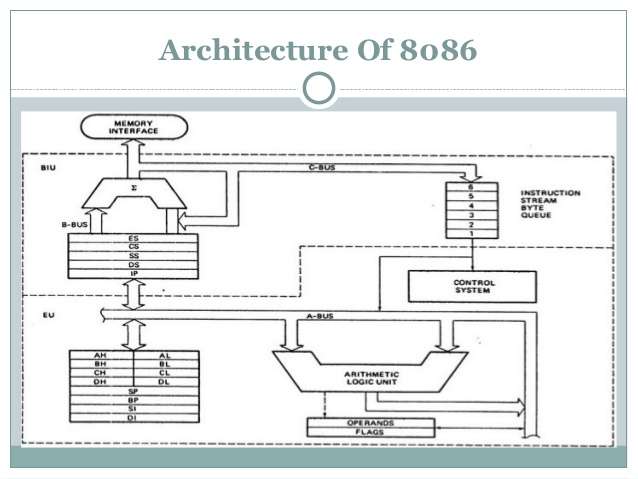SYSTEM INTRODUCTION
General Description : –
Mars ME 1303 is a single board microprocessor training/ development kit configured around the INTEL’s 16 bit microprocessor 8086. This kit can be used to train engineers, to control industrial process and to develop software for 8086 systems.
The kit has been designed to operate in the maximum mode C0-processor 8087 and I/O processor 8089 can be added on board. 8086 CPU can also be replaced by 8088 CPU. The Kit communicates with the outside world through a keyboard having 28 keys and eight seven segment displays.
ME 1303 is a packed up with a powerful monitor in 16 bytes of factory programmed EPROMS and 16K bytes of Read/ Write memory. The total memory on the board can be easily expanded to 256K of EPROM and 128K bytes of CMOS RAM. The system has 72 programmable I/O lines. The serial I/O communication is made possible through 8251.
For control applications, three 16 bit time/counters are available through 8253. Mars-8603 provided onboard battery backup for onboard RAM. This saves the user’s program in case of power failure.
System Specification
Processors:
- Central process : 8086, 16 bit microprocessor operating in maximum mode or 8088 8 bit microprocessor.
- Co-processor : 8087 Numeric Data Processor.
Memory
- EPROM : 16k bytes of EPROM loaded with monitor expandable to 1024 bytes using 27256.
- RAM : 16K bytes of CMOS RAM expanded to 256K bytes using 6264/62256.
Input/Output
- Parallel:- 24 I/O lines expandable to 72 Lines(3 no. of 8255A).
- Serial:- EIA RS – 232 – C(Main)
- Time/Counter:- Three 16 bit Time/Counter through 8253.
- Keyboard & display:- 28 Keys and 8 seven segment display.
- Bus:- All address, data and control signals (TTL compatible) available at edge.
- Physical Size:- 9.5” X 12.5”.
- Power Supply:- 5V, 2.5Amps for kit +-12 V, 250mA for CRT and +24/21V for EPROM.
- Operating Temp:- 0 to 90 degree C.

System Capabilities
- Examine/Modify the memory byte locations.
- Examine/Modify the memory word locations
- Examine/Modify the content of any of internal register of 8086.
- Move a block of data/program from one location to another location.
- Insert one or more instructions in the user program.
- Delete on or more instructions in the user programs.
- To write/read directly to/from the I/O port.
- Fill a particular memory area with a constant.
- Check the constants of an EPROM for blank.